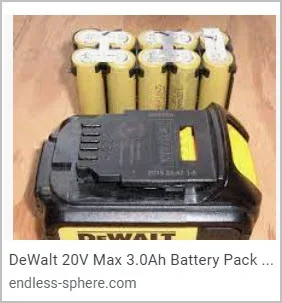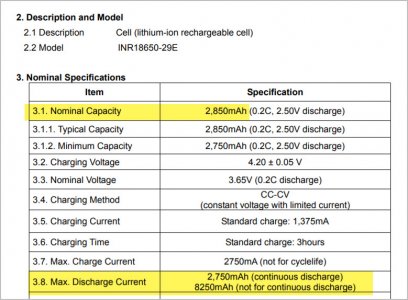Interesting, I'll have to start following along. I've been in RC a long time but my knowledge ends at the fringe of regular RC equipment. And when it comes to PWM & signal processing my eyes glaze over LOL.
@CalgaryPT probably has a handle on this stuff. All I can say is that even amongst the branded mainstream RC radio manufacturers, its to a point that none of them are on speaking terms with one another, meaning the receiver protocols. JR used to talk Spectrum, but different that Futaba, Jeti, Taranis... Reason I mention is if you have to program specific channels to drive the wheel motors or other features in the future, the TX choice would have a trickle effect to RX features/suitability. By this I mean mixing, end points, rates etc. A more basic TX will be limited as to what it can do. I'm sure this stuff is RobotClub 101 but outside my scope. Most of the robot war stuff I see looks like they have a typical RC 8+ch radio. I don't fly Taranus but if you are into programming, that seems to be popular with RC/hobbyist folks who want to define every button & stick movement to do whatever (vs being more constrained by how a typical RC TX is laid out).
I'm curious about the 20v 5 A-hr packs. I'm guessing maybe 10 cells, bank of 5 in series to get 5*4=20v nominal? And you are putting 2 packs in parallel to get 20v x 10 A-hr?
So 50A max draw / 10 A-hr = 5C equivalent. Is that what 18650 cells can do? I tried Googling specs but they seem to vary all over the map.










